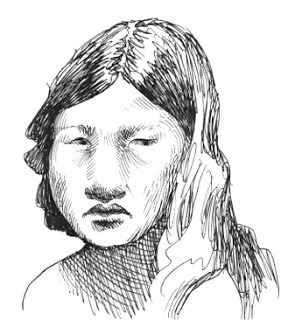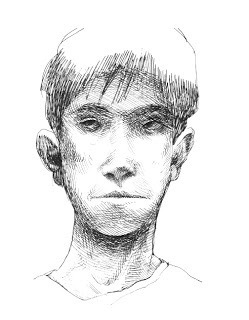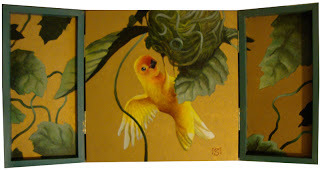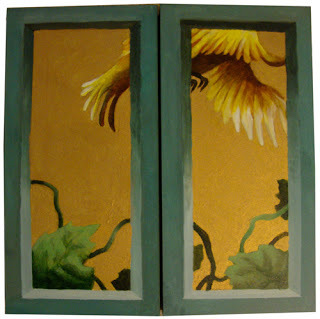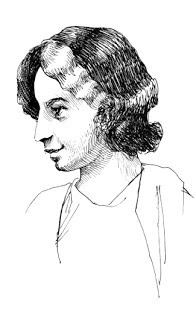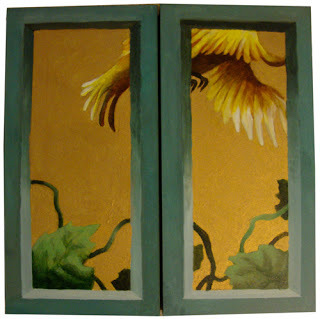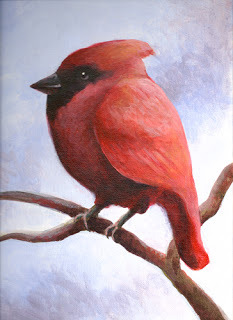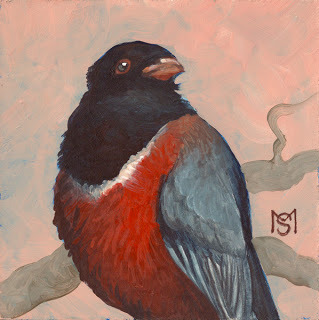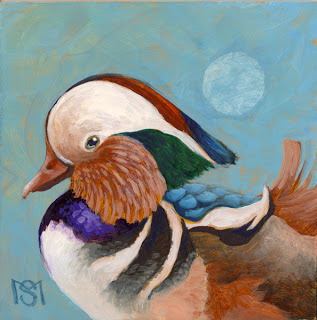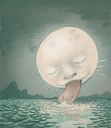Steve Morrison's Blog, page 18
June 14, 2011
Head
Published on June 14, 2011 06:00
June 13, 2011
Head
Published on June 13, 2011 06:00
June 10, 2011
Triptych VIII: "Little Sanctuary"
Published on June 10, 2011 06:00
June 9, 2011
Head
Published on June 09, 2011 06:00
June 8, 2011
Autobibliography
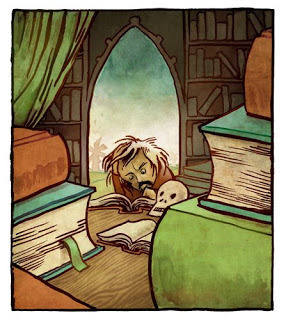
Inspired by a post from David Auerbach, I've listed out (to the best of my admittedly unreliable recollection), the books that have meant the most to me, year by year, through my life thus far. I'd like to expand this into a series of short essays, so as to explain a little about each choice and why it mattered to me at the time. I doubled up on a few, especially between the ages of 19 and 23, when I read like a demon. Anyhow, here they are:
Pat the Bunny
The Happy Man and His Dump Truck
Animals of Buttercup Farm
Where the Wild Things Are, by Maurice Sendak
Rudolph the Red-Nosed Reindeer
Andrew Lang Fairy Books / The Nutcracker
Pippi Longstocking, by Astrid Lindgren
The Lion the Witch and the Wardrobe, by C S Lewis
The Witches, By Roald Dahl
The Book of Three, by Lloyd Alexander
Jurassic Park, by Michael Crichton
The Phantom of the Opera, by Gaston Leroux
The Hunchback of Notre Dame, by Victor Hugo
The Count of Monte Cristo, by Alexander Dumas
Hamlet, by William Shakespeare
Wuthering Heights, by Emily Bronte
The Brothers Karamazov, by Fyodor Dostoyevsky
Don Quixote, by Miguel de Cervantes
Tanakh / Peer Gynt, by Henrik Ibsen
The Canterbury Tales, by Geoffrey Chaucer / Stories by Franz Kafka
Poems of Shelley / Illuminated Books of William Blake
Remembrance of Things Past, by Marcel Proust / Ulysses, by James Joyce
Essays, by Ralph Waldo Emerson / Finnegans Wake, by James Joyce
Alone with the Alone: Creative Imagination and the Sufism of Ibn al 'Arabi, by Henry Corbin
Orlando Furioso, by Ludovico Ariosto
The Bloody Chamber, by Angela Carter
Don Juan, by Byron
Poems, by Fernando Pessoa, et. al. (so far; still have six months and two days to go)
Published on June 08, 2011 07:06
"Avis Alchemicus" Series
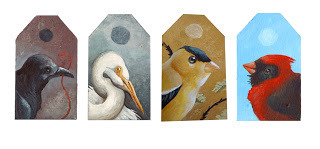
This series is about alchemical transformation, a fascinating process. I had always thought it was merely about trying to turn things into gold and get rich quick (and occasionally it was). But, not only was alchemy a forerunner of modern chemistry, it was a deeply spiritual practice. A great book on the subject is Max Ernst and Alchemy: A Magician In Search Of Myth, by M. E. Warlick. Jung has also written on the subject, and modern scholars interpret alchemy as a process of psychological growth and transformation.
For the series, I started by finding some scraps of wood, meant to be discarded, and set about to transform (alchemy is all about transformation) them into something of beauty and meaning. These four wood blocks came with a table I purchased--they were inserted for packing purposes and intended to be thrown away.
Each of the four paintings embodies a different color, and each color represents one of the four stages of alchemical transformation. The four stages are listed below, with brief descriptions:
nigredo , blackening (putrefaction): corruption, dissolution. I mixed the paint with ash in this image to represent the burnt-out nature of the beginning of this process. Starting out with nothing, but with the beginnings of a trail (the red string) we can follow all the way to perfection.
albedo , whitening: purification, burnout of impurity; the moon, female. I represented this with a white egret in moonlight. A little bit of ash remains in the paint.
citrinitas , yellowing: spiritualization, enlightenment; the sun, male. The goldfinch lives among thorns and hardship, but it's yellow gold light indicates it's proximity to divine Light. The background here is painted with gold.
rubedo , reddening: unification of man with god, unification of the limited with the unlimited. The red cardinal appears in average daylight. Achieving unity and health allows one to live more fully in the divine light of the everyday world.
It's a beautiful sequence of spiritual growth, and one that resonates with me.
Published on June 08, 2011 06:00
June 7, 2011
Triptych VIII: Opening Soon!
Published on June 07, 2011 06:00
June 6, 2011
Cardinal
Published on June 06, 2011 06:00
June 3, 2011
Elegant Trogon
Published on June 03, 2011 06:00
June 2, 2011
Wood Duck
Published on June 02, 2011 06:00

